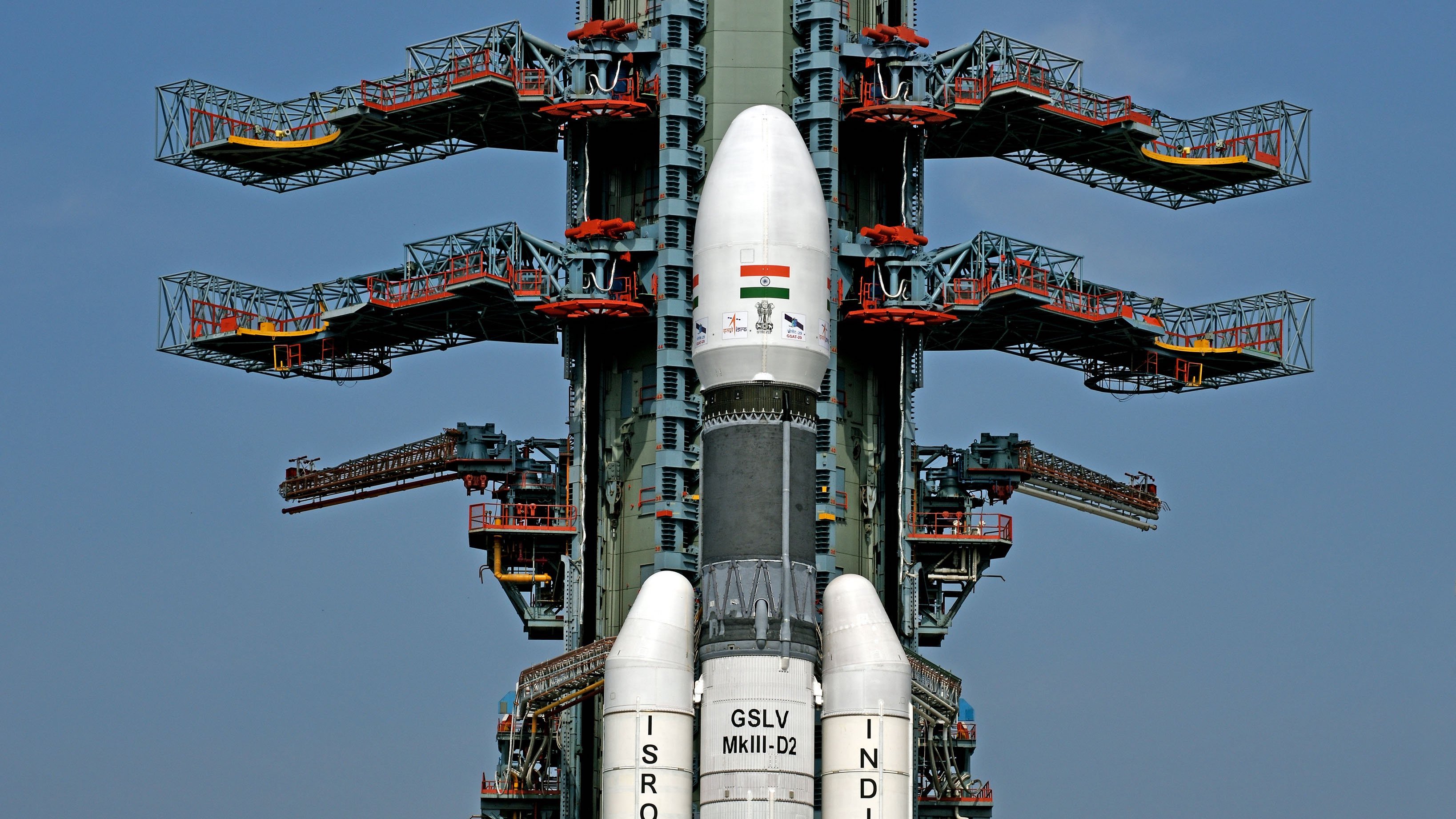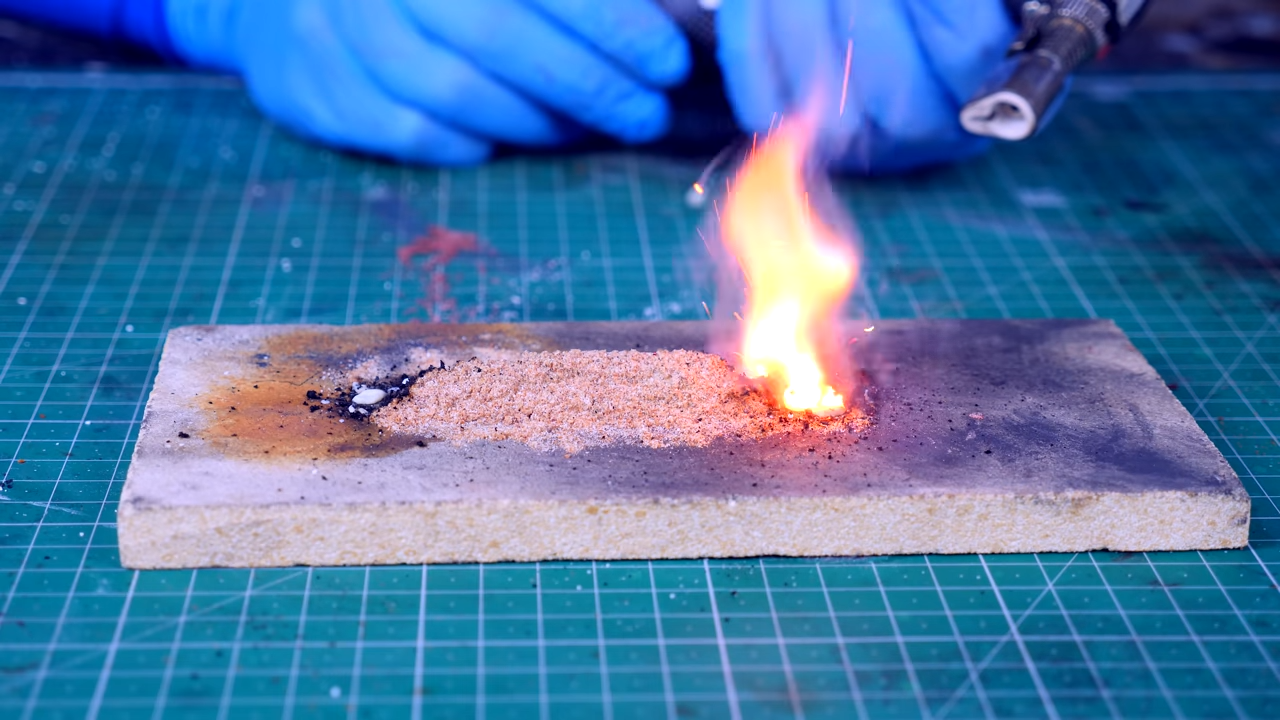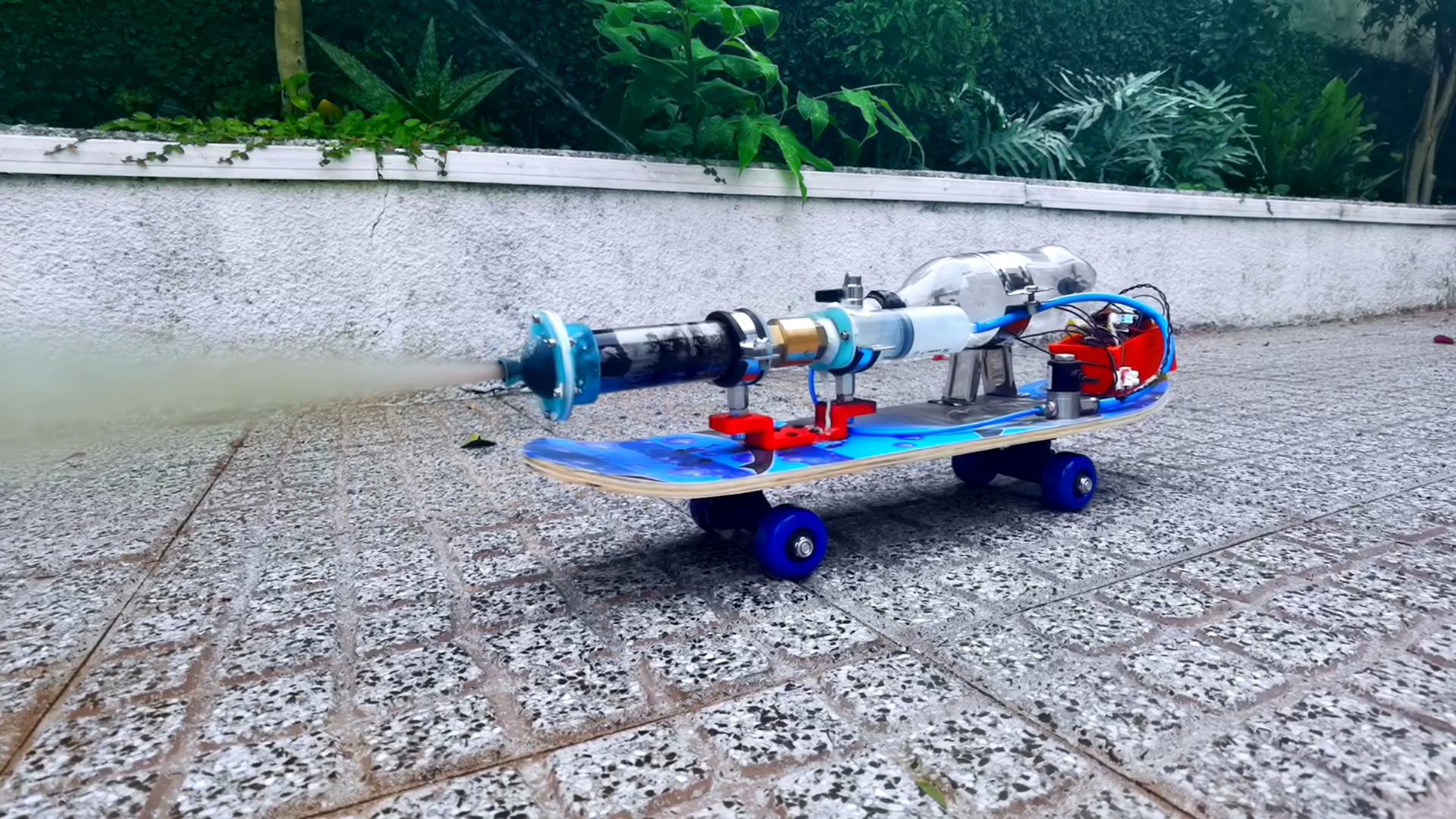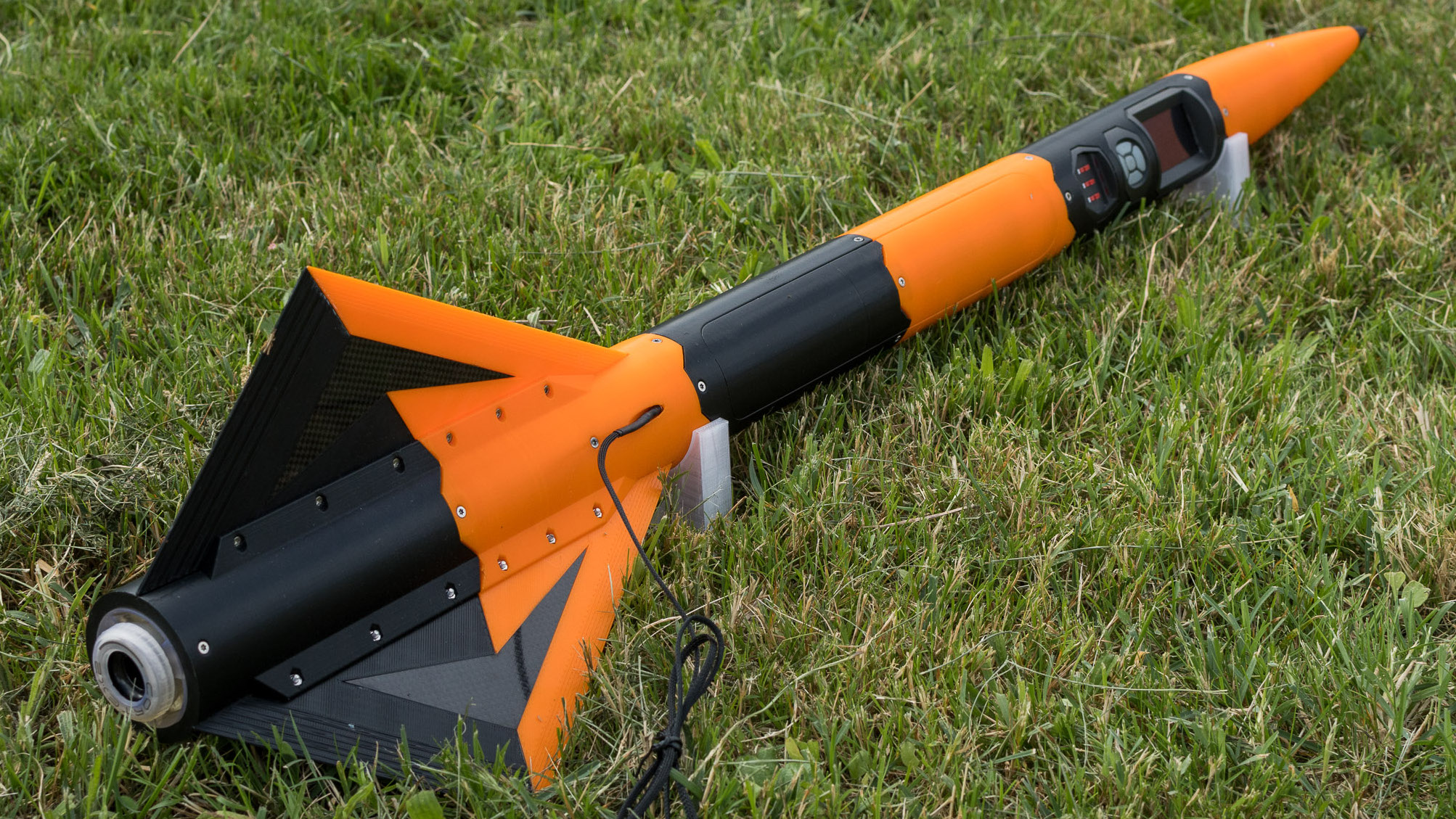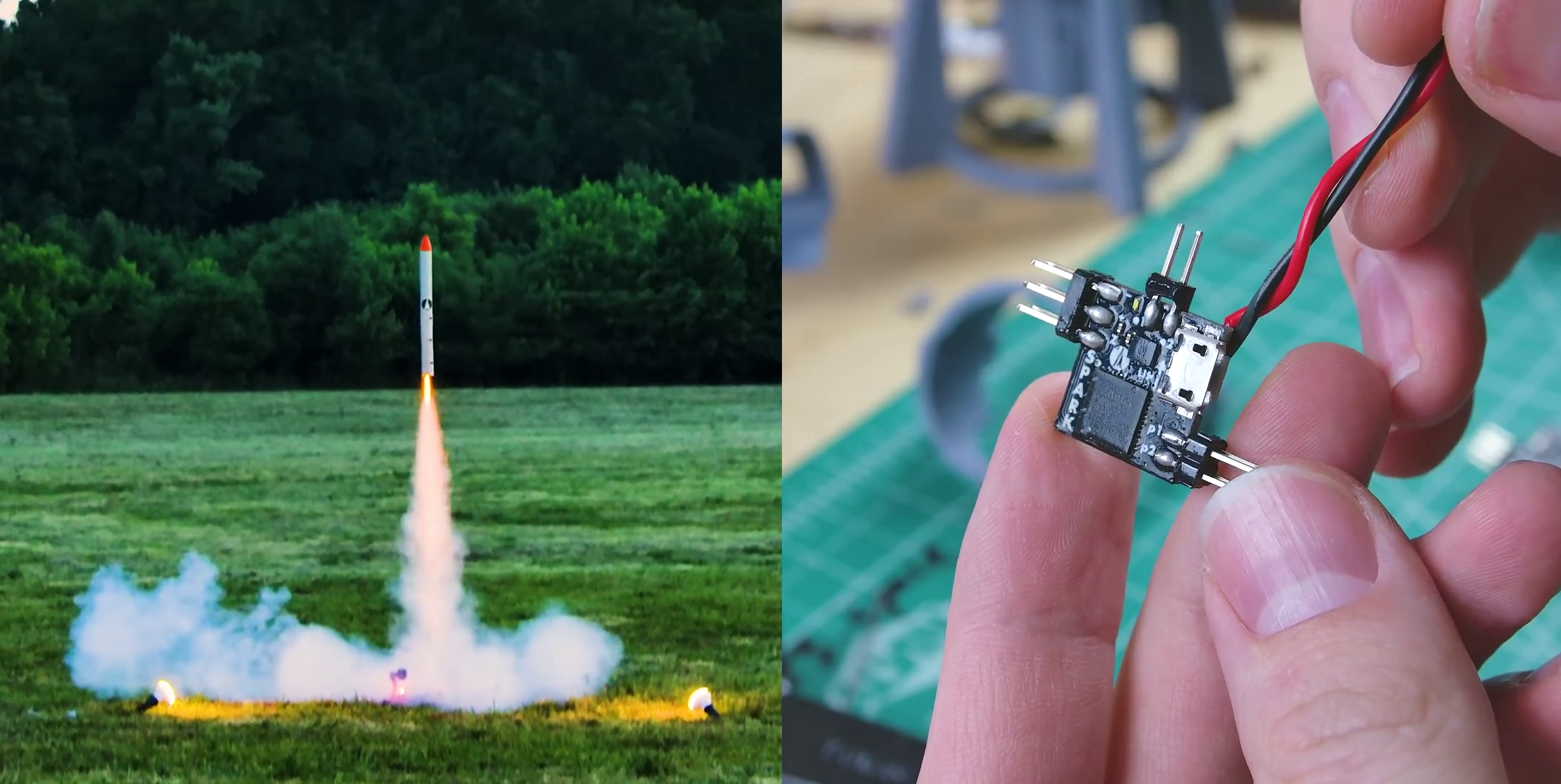One person like that
#rocket
2 Likes
1 Shares
The Entire Soviet Rocket Engine Family Tree
"Today we’re going to actually straighten out the confusing family tree of the Soviet rocket engines by drawing out a super comprehensive chart of almost every engine that has flown to orbit while also walking you through some INCREDIBLE stories and fun anecdotes behind these engines."
➡ https://www.youtube.com/watch?v=Y-xyXDiC92s
#Rocket #RocketEngine #Rockets #RocketEngines #Space #Soviet #SovietUnion #Russia #Engineering
2 Likes
30 Days of Terror: the Logistics of Launching the James Webb Space Telescope
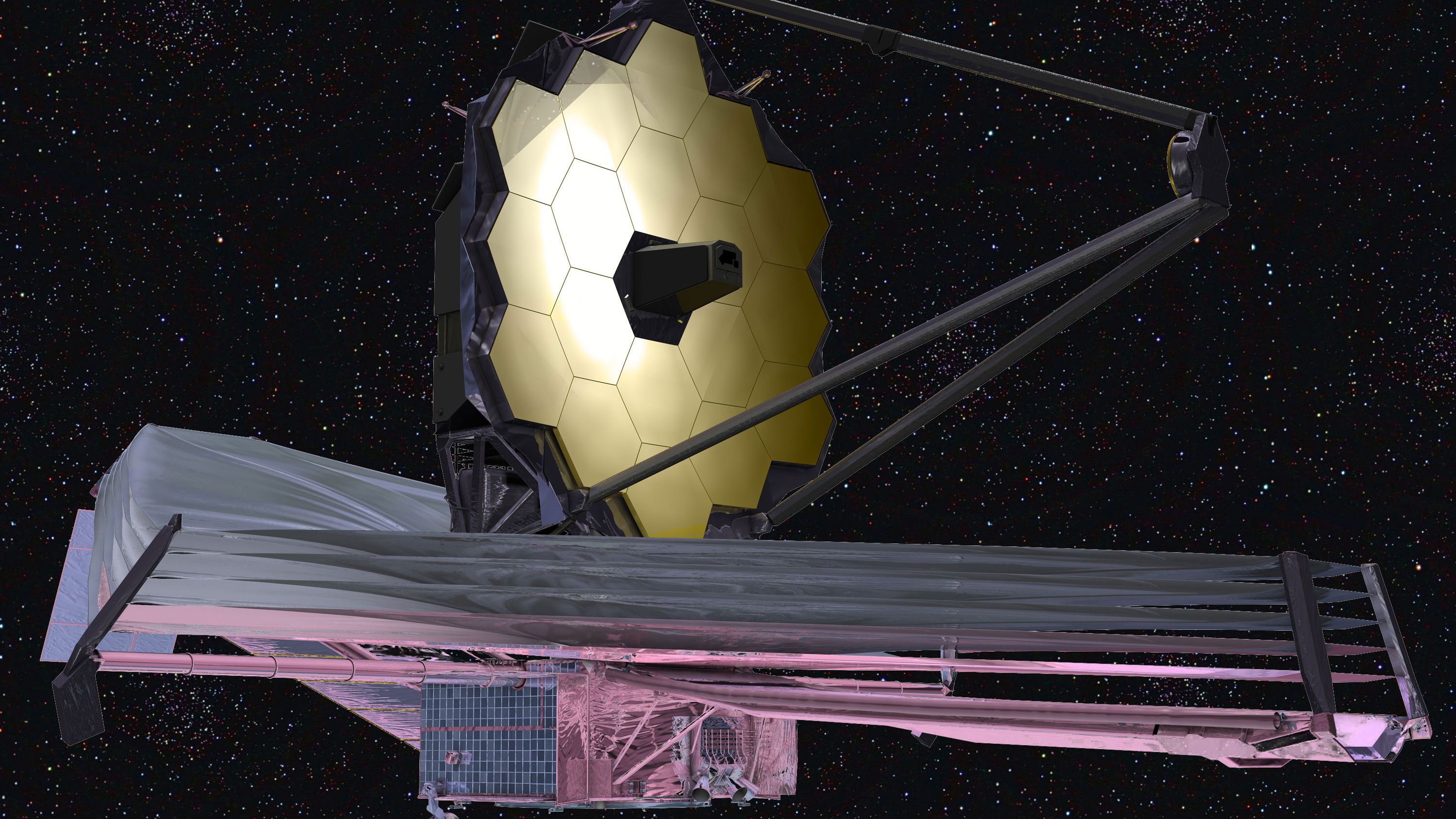
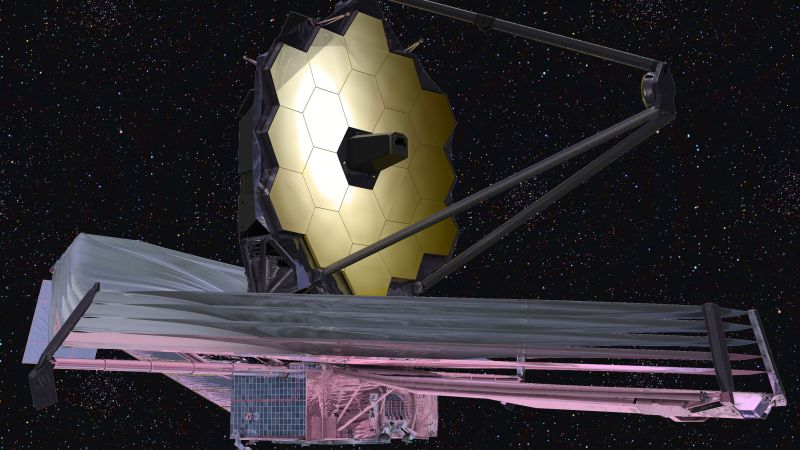
Back during the 2019 Superconference in Pasadena, I had the chance to go to Northrop Grumman's Redondo Beach campus to get a look at the James Webb Space Telescope. There is the high-bay class 10,000+ cleanroom in building M8, my wife and I along with fellow space nerd Tom Nardi got a chance to look upon what is likely the most expensive single object ever made. The $10 billion dollar space observatory was undergoing what we thought were its final tests before being packaged up and sent on its way to its forever home at the L2 Lagrange point.
Sadly, thanks to technical difficulties and the COVID-19 pandemic, it would be another two years before JWST was actually ready to ship -- not a new story for the project, Mike Szczys toured the same facility back in 2015. But the good news is that it finally has shipped, taking the very, very slow first steps on its journey to space.
Both the terrestrial leg of the trip and the trip through 1.5 million kilometers of space are fraught with peril, of a different kind, of course, but still with plenty of chances for mission-impacting events. Here's a look at what the priceless and long-awaited observatory will face along the way, and how its minders will endure the "30 days of terror" that lie ahead.
Land, Sea, and Air
It may seem self-obvious, but the James Webb Space Telescope is big. Pictures do a poor job of capturing the scale of the thing, and even when they show people working on it, it does little to compare to the experience of standing there looking at the thing. The JWST is large in a way that no other object I've been near has felt. It towers over you, an ungainly thing even in the semi-folded state we saw it in. And looking at the size and complexity of the structure, and especially its apparent fragility, anyone with any engineering curiosity is left wondering how the heck they're going to manage to safely move that thing.
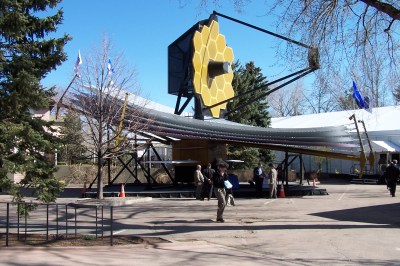 A full scale model of the James Webb Space Telescope
A full scale model of the James Webb Space Telescope
Of course, JWST is designed to be moved, and to fit inside the 5.4-meter fairing of the Ariane rocket that will take it to orbit. But before it gets integrated onto its rocket, the telescope had to be folded into its custom-built shipping container. The Space Telescope Transporter for Air, Road, and Seas (STTARS) is basically a mobile cleanroom designed to hold Webb in the same folded configuration it will be in for its trip to space.
STTARS had been used to transport Webb several times before as it was shuttled around to various NASA facilities for testing and assembly, but on September 24, 2021, Webb began its last journey in STTARS. After being packaged up, the shipping container was loaded onto a special oversized-load tractor-trailer. In the wee hours of the morning, steel-nerved driver George Ardelean piloted the unwieldy load 26 miles (42 km) through the streets and freeways of Los Angeles to Naval Weapons Station Seal Beach, where its ride for the next leg of its journey, the cargo vessel MN Colibri, awaited.
On September 26, the MN Colibri pushed off from the dock and made its way south and east, bound for the European Space Agency's Spaceport in Kourou, French Guiana. It was attended by a team of NASA engineers who monitored the health of the spacecraft during its 16-day trip, which included a passage through the Panama Canal. Upon arrival at Kourous, Webb was trucked to the ESA's integration facility, where it was unpacked from STTARS and transferred to another cleanroom for final testing, fueling, and integration with the Ariane 5 launch vehicle.
30 Days of Terror
Assuming all goes well with testing and integration, Webb is scheduled to launch on December 18, 2021, at 7:20 EST. The launch begins a roughly one-month voyage to the observatory's home at Lagrange point L2, during which time any of 300 single-point failure items could scuttle the mission. Like the "Seven Minutes of Terror" that Mars landing missions face, Webb's minders will face 30 days of uncertainty and occasionally nail-biting suspense.
During the eight-minute ride to space, Webb will be subjected to the usual indignities of spaceflight, against which it was thoroughly tested. Starting at about the 30-minute mark, the first milestone -- deployment of the observatory's solar panels -- will occur. It's the first of 50 deployments, and is a critical step since the telescope needs the power from those panels; it has no other source of power onboard. With the solar array deployed and tested, the high-gain antenna will be deployed and tested.
About 12 hours into the mission, Webb will fire its engines to set it on course for L2. Three days later, the sunshield pallets that are stowed along the front and back sides of the main mirror will fold down to their final position. Once that's complete, the mast holding the main mirror will be jacked up to clear the sunshield. Even though the sunshields will still be folded at this point, they still present a significant surface area to the solar wind, so trim tabs at the end of each pallet are deployed to help adjust for the pressure.
Shields Up!
Full deployment of the sunshield is without a doubt the sketchiest part of the whole process. The sunshield consists of five separate metalized Kapton sheets, each the size of three tennis courts. Each one must be unrolled, extended to its full size, tightened, and spaced out vertically for the sunshield to do its job. This takes the coordinated action of 140 release mechanisms, 70 hinges, eight deployment motors, about 400 pullies, and nearly 400 meters of cable to accomplish, not to mention the sensors, wiring harnesses, and computers to control everything. It'll take the better part of two days to complete the sunshield deployment.
Once the sunshield is deployed and tensioned, the optical deployment will begin, about 10 days into the mission. The process begins with the secondary mirror, which rides on a triangular boom that is folded against the center section of the main mirror. This makes way for the main mirror's two side wings, each holding three of the 18 total hexagonal gold-plated beryllium mirrors.
A number of other steps, such as radiator deployments, cryocooler startup, and system checks are also accomplished during deployment, but the spacecraft will be in operational configuration by about day 14 of the mission. This is the best-case scenario, of course -- mission operators have another two weeks or so to get everything just right before Webb arrives on-station and assumes its halo orbit around L2. Controllers will still have a bunch of work to do, including bringing the instruments down to operational temperature, and carefully tuning the main mirror. Each segment of the mirror is fitted with servos that can slightly deform its surface; the servos were clearly visible on the sample mirror section that was on display at the Northrop Grumman plant, and the entire thing was a marvel of engineering. Operators will carefully align each segment of the main mirror, along with the secondary mirror and the fine steering mirror located at the center of the main mirror, to form as perfect an optical system as possible.
Every single one of the steps along the way between Redondo Beach and L2 is critical to the success of the James Webb Space Telescope. The fact that mission planners and engineers have successfully knocked off the first 5,800 miles (9,300 km) of the trip without any major incidents is reassuring, but there's a long way to go yet. Here's hoping that Webb's team handles the next million miles with equal aplomb, and that the much-delayed and much-anticipated instrument begins delivering on its promise for world-class science, and a peek back to the beginning of the universe.
[Featured images: NASA]
#currentevents #featured #news #space #ariane #deployment #jameswebbspacetelescope #jwst #lanuch #rocket #telescope
4 Shares
2 Likes
One person like that
5 Likes
How India Developed World Class Rockets From Humble Beginnings.
India (ISRO) to become the 4th country launching astronauts in their own hardware? -- Scott Manley | How India Developed World Class Rockets From Humble Beginnings. https://www.youtube.com/watch?v=mI16AMPQna8
Deepl translated from German Wikipedia; https://de.wikipedia.org/wiki/Raumfahrer#Vyomanaut
Vyomanaut was chosen for upcoming Indian space travellers in early 2010. The name is derived from Sanskrit (from vyomagami, "something that moves in the sky") and -naut.
German:> > Vyomanaut wurde Anfang 2010 für kommende indische Raumfahrer gewählt. Die Bezeichnung ist abgeleitet aus dem Sanskrit (von vyomagami, „etwas, das sich am Himmel bewegt“) und -naut.
#India #ISRO #Vyomanaut #Astronaut #Space #Space-Travel #Rocket #Rocket-Science #randomshit ;)
One person like that
2 Shares
2 Shares
2 Likes
Japanese Rocket Engine Explodes: Continuously and On Purpose
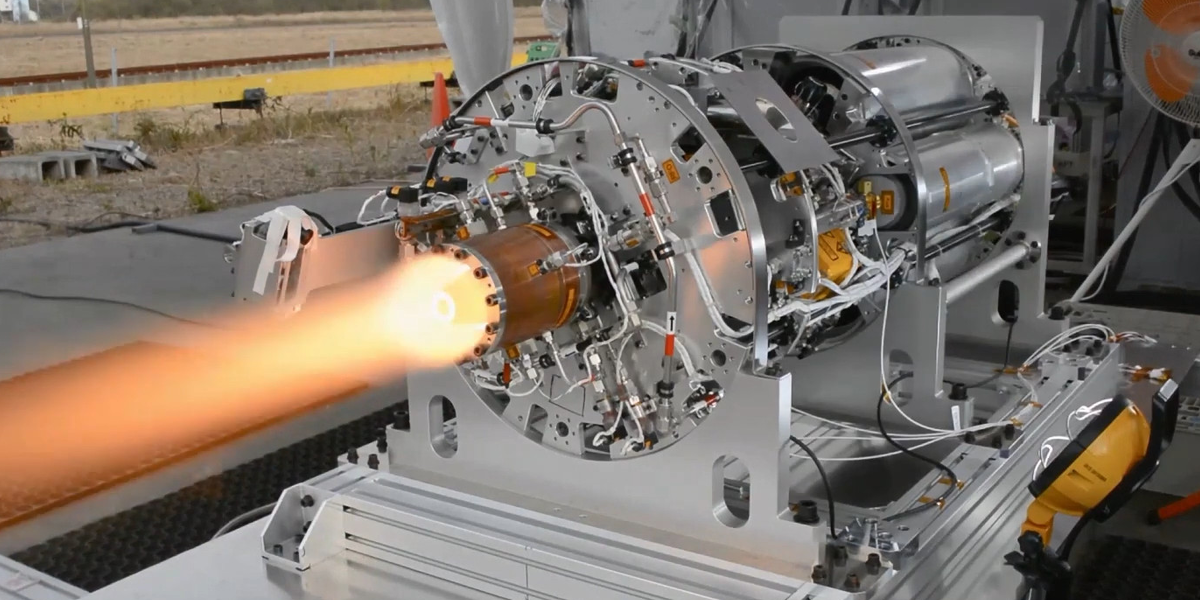
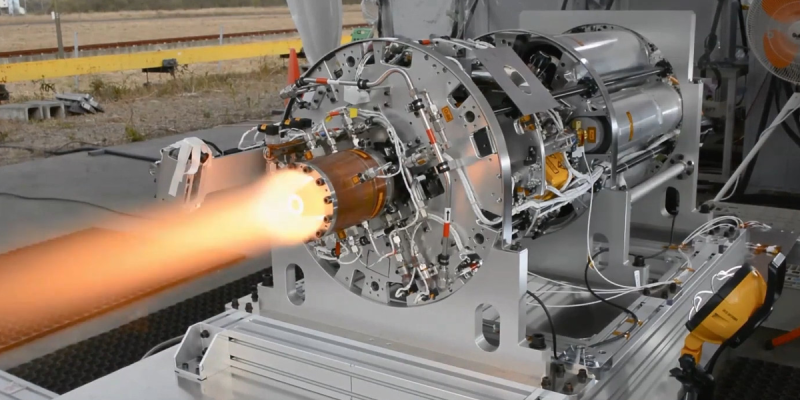
Liquid-fuelled rocket engine design has largely followed a simple template since the development of the German V-2 rocket in the middle of World War 2. Propellant and oxidizer are mixed in a combustion chamber, creating a mixture of hot gases at high pressure that very much wish to leave out the back of the rocket, generating thrust.
However, the Japan Aerospace Exploration Agency (JAXA) has recently completed a successful test of a different type of rocket, known as a rotating detonation engine. The engine relies on an entirely different method of combustion, with the aim to produce more thrust from less fuel. We'll dive into how it works, and how the Japanese test bodes for the future of this technology.
Deflagration vs. Detonation
Humans love combusting fuels in order to do useful work. Thus far in our history, whether we look at steam engines, gasoline engines, or even rocket engines, all these technologies have had one thing in common: they all rely on fuel that burns in a deflagration. It's the easily controlled manner of slow combustion that we're all familiar with since we started sitting around campfires.
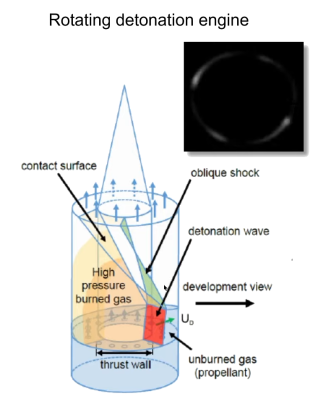 A diagram of the JAXA rotating detonation engine, showing the intended operation in which the shock wave from detonating fuel travels around the engine in the annular channel to continue the combustion cycle. Source: JAXA
A diagram of the JAXA rotating detonation engine, showing the intended operation in which the shock wave from detonating fuel travels around the engine in the annular channel to continue the combustion cycle. Source: JAXA
However, there are potential efficiency gains to be had by combusting fuel in a detonation instead. This is where the combustion creates a shock wave that travels faster than the speed of sound that rapidly propagates the detonation reaction further, and comes with a huge pressure increase to boot. The key advantage of burning fuel in this manner is that there is more energy to be gained from that huge pressure increase. Thus, by releasing more energy from the same amount of fuel, engines operating on a detonation-based process could theoretically be more energy efficient.
There are several issues with operating an engine on a detonation-based cycle, however. It can be difficult to sustain a continuous detonation reaction. Additionally, large spikes in temperature and pressure from the detonation process and the associated shockwaves can easily damage or destroy parts made of even very tough materials. Thus far, engineers in many fields have struggled to tame and control detonation processes to the point where they can be used successfully.
The rotating detonation engine consists of a combustion chamber that has a annular, ring-type construction. In this ring, fuel and oxidizer is injected, and ignited in such a way to detonate the mixture. The aim is for the shockwave of this detonation to travel around the ring-shaped combustion chamber causing further detonations as it goes in a continuous cycle.
Getting the concept to work has proved difficult; despite the concept being first developed in the 1950s at the University of Michigan, it was only in recent years that engineers had successfully demonstrated a rotating detonation engine in continuous operation. A team at the University of Central Florida demonstrated a hydrogen-oxygen fueled engine in 2020, producing up to 200 lbf (890 N) of thrust in testing. The feat was achieved through careful tuning of the size of the jets that inject the propellants to get the mixture just right for controlled detonation to go on. Get the mixture wrong, and the fuel will burn in a slower deflagration, with no benefits to thrust or efficiency.
Japan's Live Test
Unlike the experiment by the University of Central Florida, the Japanese effort involved launching an actual rocket. The test used a standard sounding rocket with a conventional engine to launch the test payload hundreds of kilometers above the Earth, with the second stage of the rocket mounted the rotating detonation engine. The mission took place using sounding rocket S-520-31, launched from the JAXA Uchinoura Space Center on July 27, 2021.
 The JAXA rotating detonation engine in operation over Earth. Source: Nagoya University, JAXA
The JAXA rotating detonation engine in operation over Earth. Source: Nagoya University, JAXA
The second stage fired successfully, running for six seconds and producing 112 lbf (500 N) of thrust during that period, 56% of the Florida team's ground demonstrator. Data collected from the experiment confirmed that the engine operated as expected, combusting its fuel in the detonation regime.
JAXA hopes to put the technology into practical applications within five years, given the successful demonstration of the flight hardware. Built in collaboration with a team from Nagoya University, the hope is to develop the technology further to create more efficient spacecraft in future. It could find application in a variety of areas, from first stage and second stage rocket motors, to being applied to deep space missions to make the most of limited fuel resources.
The technology has come a long way in the past few years. With multiple independent groups now demonstrating working engines, it's shaken the "impossible" title that had become attached to the rotating detonation concept for half a century. Obviously, much engineering will be required to build practical engines that outperform existing designs. However, with the recent strides made in the field, there's now a spark of hope that tells us it could be done.
#enginehacks #hackadaycolumns #science #aerospace #engine #rocket #rocketengine #rocketry #rotatingdetonationengine
1 Shares
6 Likes
Shit.. if you like tech or not, you gotta love this '3D Printer', srsly. ;)
Veritasium - The Surprising Genius of 3D Printed Rockets
#rocket #science #3d #printing #metal #welding #weld #aluminium #veritasium #randomshit ;)
4 Likes

